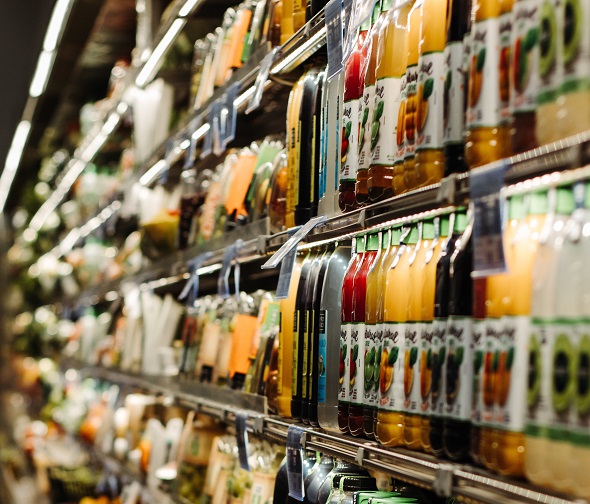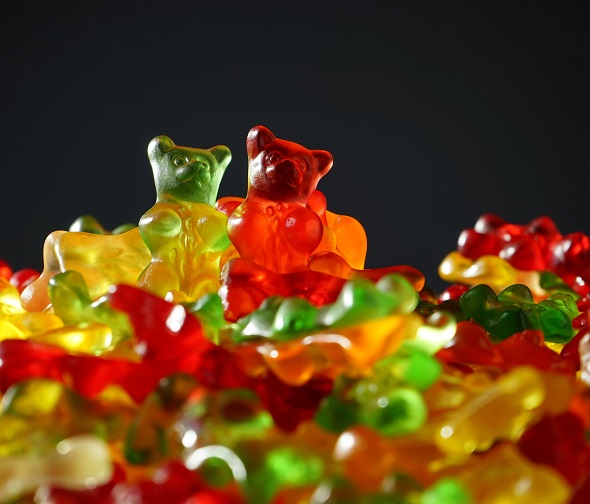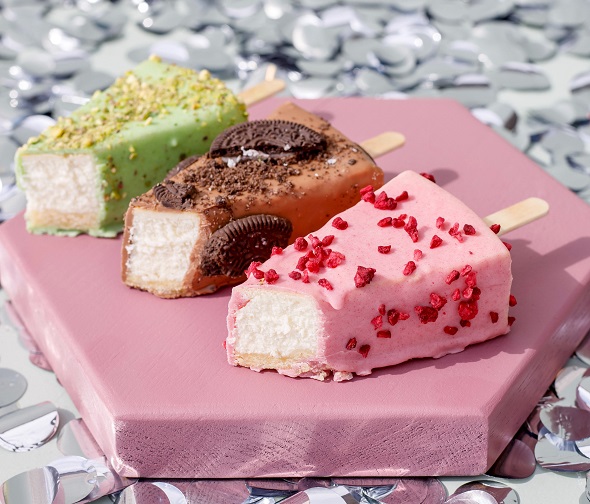Since the epidemic, the uncertain development prospects and the potential risk of inflation have pushed up the pressure of demand contraction and further reduced people's desire to consume.
According to Tmall's data, in 2022, only 60 brands were newly listed in several key categories such as tea, wine, brewing, dairy products, leisure snacks and drinks, a decrease of 66% compared to 2021, and the rate of new brand creation slowed down significantly.

 At the same time, we see a 14% and 42% increase in the number of brands that remain unchanged in their GMV (gross merchandise volume) rankings in 2021 and those that change more than 10 spots in GMV rankings. The new consumer brand officially from the start-up to the deep operation of the transformation, and from the change in the ranking we can see that the new consumption has officially entered a wave of "volume", brand operating pressure continues to improve.
At the same time, we see a 14% and 42% increase in the number of brands that remain unchanged in their GMV (gross merchandise volume) rankings in 2021 and those that change more than 10 spots in GMV rankings. The new consumer brand officially from the start-up to the deep operation of the transformation, and from the change in the ranking we can see that the new consumption has officially entered a wave of "volume", brand operating pressure continues to improve. The challenges from technology to application are intensifying, and supply-side improvement is weak
In recent years, tea, coffee, pastry and other "widely enjoyed food" flavor innovation is facing this challenge. From the perspective of application, each brand has developed and created a large number of new products every year. In 2022, Luckin Coffee launched nearly 140 new products, Lele Tea and CoCo also launched nearly 100 new products, equivalent to an average of 2 new products per week.
At the same time, old products are also eliminated at an accelerated pace, and a "competition for new products" is formed among brands. This is a survival strategy to cope with fierce market competition, and for the industry as a whole, this strategy choice can quickly drive up costs and reduce innovation efficiency. Judging from the situation of new tea drinks in 2022, the "ceiling" of formula innovation has quietly emerged. Quite a number of new tea products have concepts such as co-branding of main brands, regional restriction and classic return, and the inspiration of formula innovation may be drying up.

 After the baptism of new consumer brands in 2019, today's consumers are looking for more authentic and distinctive innovative foods and drinks to reshape their desires. "New media", "new channels" and "new products" once believed in by new consumption have gone through the baptism of the epidemic, and have faded their fanaticism and returned to rationality.
After the baptism of new consumer brands in 2019, today's consumers are looking for more authentic and distinctive innovative foods and drinks to reshape their desires. "New media", "new channels" and "new products" once believed in by new consumption have gone through the baptism of the epidemic, and have faded their fanaticism and returned to rationality. Behind the rationality means that the innovation of food products needs to return to the product itself. Telling stories that consumers can understand, see and taste may be the first step for brands looking to boost confidence.
In essence, the industry is driven by technological progress, and technological progress should be the whole chain of technological innovation from the front end to the back end. No matter it is delicious, nutritious, green, convenient or safe, only by breaking through the chain from technology to industry can we provide products and services that conform to consumers' cognition and eating habits and are easily accepted by the market.
In 2022, in the field of sugar substitutes, the explosion of erythritol stimulated the development of other sugar substitutes, and new sugar substitutes such as stevioside, momorrhodoside and alolone emerged and accelerated the industrialization. In 2022, the price of erythritol dropped from 40,000 yuan/ton to less than 10,000 yuan/ton due to the dramatic increase of production capacity and the reversal of supply and demand relationship.

 It is worth noting that erythritol was first approved in 2007 and was used in beverages on a large scale in 2018. In 2020, the annual production capacity of erythritol was only less than 100,000 tons, and it took about 10 years from access to large-scale application.
It is worth noting that erythritol was first approved in 2007 and was used in beverages on a large scale in 2018. In 2020, the annual production capacity of erythritol was only less than 100,000 tons, and it took about 10 years from access to large-scale application. Aloxone, which is not yet licensed by the FDA, has 80,000 tons of production capacity in production or under construction. High production cost is still an urgent problem to be solved in the industrial application of aloxone. The announcement of Baolingbao showed that the export price of alolulose was about 30,000 yuan/ton, the unit sweetness cost was significantly higher than sucrose, sucralose and stevia side, and close to erythritol. The life cycle of splenda may be shortening.